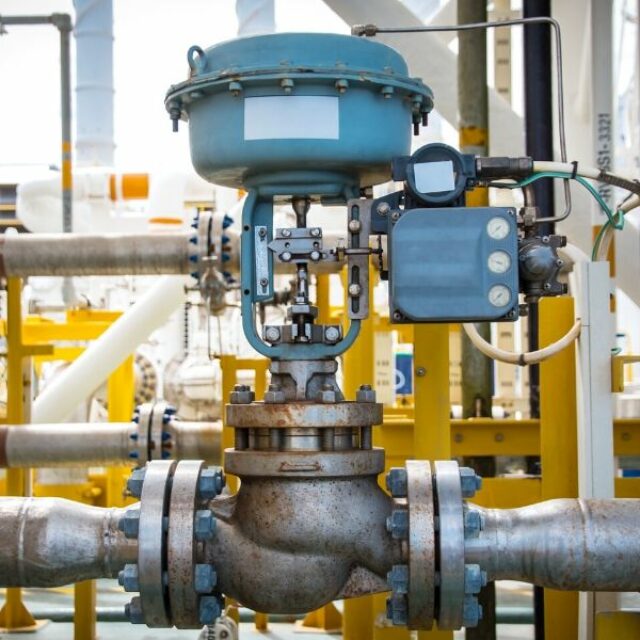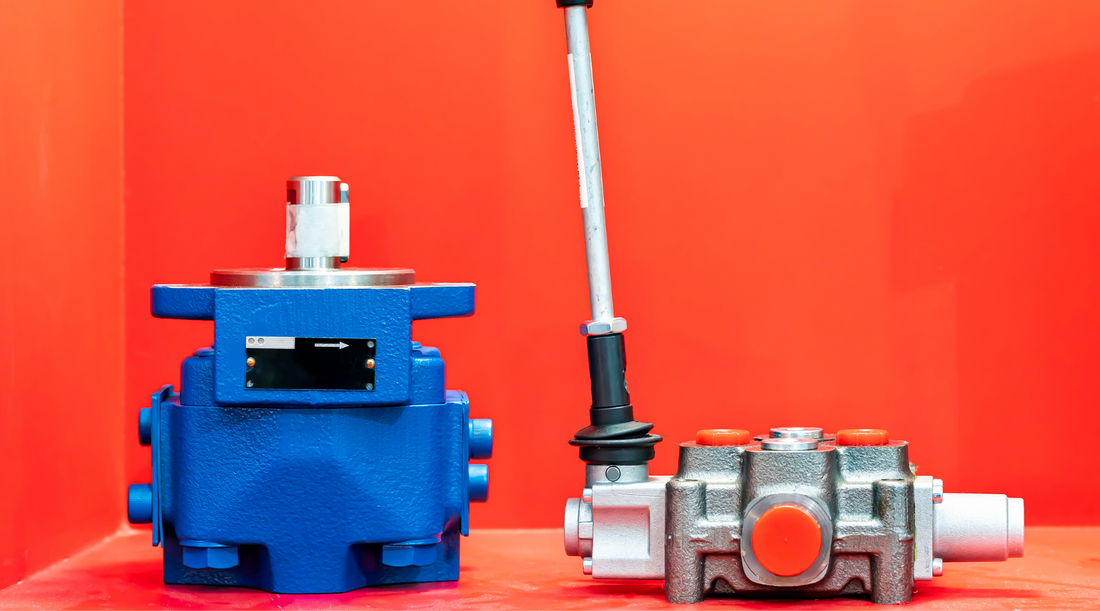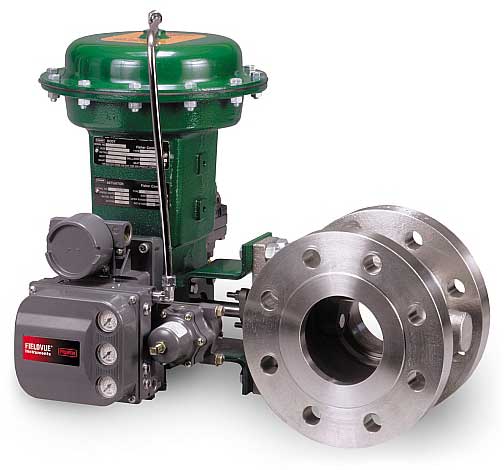Discovering the Functionality of Modern Control Valves in Industrial Applications
Discovering the Functionality of Modern Control Valves in Industrial Applications
Blog Article

Maximize Energy Cost Savings and Comfort With Advanced Structure Automation Controls
In the realm of modern-day design and center management, the combination of sophisticated building automation manages stands as a critical development. By harnessing the power of automation, buildings can adapt, respond, and develop in means that were as soon as unbelievable.
Power Efficiency Benefits
Power performance benefits can substantially reduce energy usage and functional prices in buildings. By applying energy-efficient practices and technologies, building owners and operators can accomplish considerable savings while additionally contributing to environmental sustainability. One of the primary advantages of boosting energy efficiency in buildings is the reduction of utility costs. Energy-efficient systems, such as innovative structure automation controls, can enhance using sources like air conditioning, lights, and home heating, leading to lower energy expenses over time.
Additionally, enhanced energy effectiveness can lengthen the life expectancy of structure devices and systems. By operating more effectively, HVAC systems, lighting fixtures, and various other building parts experience much less damage, leading to lowered upkeep and substitute prices. Furthermore, energy-efficient structures frequently regulate higher residential property values and rental prices, offering lasting financial advantages to owners.
In addition, energy performance can enhance owner comfort and performance. Appropriately regulated interior atmospheres with optimal lights and thermal problems produce a more enjoyable and helpful workspace, causing boosted worker complete satisfaction and efficiency. In general, the power performance benefits linked with advanced structure automation controls are multifaceted, including price savings, ecological stewardship, and owner well-being.
Improved Convenience Control
Enhancing convenience control in structure atmospheres requires an advanced assimilation of sophisticated automation systems for ideal passenger health. By making use of advanced building automation controls, facilities can customize the interior atmosphere to meet the specific demands and preferences of occupants. control valves.
Boosted convenience control goes past fundamental temperature adjustments. It consists of functions such as individualized settings, occupancy sensing units, and natural light use to produce a vibrant and responsive setting. By including these sophisticated controls, buildings can not just improve convenience however also boost power effectiveness by optimizing system operations based upon actual tenancy and use patterns. Eventually, prioritizing owner comfort through advanced automation systems results in an extra satisfying and much healthier interior environment.
Functional Performance Improvements

In addition, the execution of real-time tracking and analytics tools makes it possible for structure operators to determine power inefficiencies and functional abnormalities without delay. By continually checking energy use patterns and system efficiency metrics, changes can be made in real-time to optimize power usage and make sure peak functional efficiency. control valves. In addition, integrating need action strategies into building automation controls can better enhance functional performance by dynamically changing energy usage based upon grid problems and prices signals
Indoor Environment Optimization
Reliable indoor environment optimization is a fundamental aspect of structure automation controls, making sure passengers' convenience and well-being while maximizing energy savings. By utilizing advanced sensing units and controls, building automation systems can continuously keep an eye on and adjust temperature level, humidity degrees, air top quality, and air flow to produce an optimal indoor environment. Preserving comfortable and consistent conditions not only enhances owner fulfillment however additionally boosts performance and total health.
Indoor environment optimization likewise plays a critical role in power effectiveness. By fine-tuning air flow, cooling, and home see this website heating systems based upon real-time data and tenancy patterns, developing automation controls can significantly minimize energy intake - control valves. For circumstances, applying approaches such as demand-controlled ventilation and thermal zoning can assist decrease energy waste while ensuring that each location of the building obtains the needed conditioning.

Lasting Atmosphere Creation
Structure automation manages not only optimize interior climate problems for power performance and resident comfort yet also lay the structure for developing a lasting atmosphere via strategic monitoring of systems and sources. By integrating innovative building automation technologies, such as sensing units, actuators, and intelligent software program, facilities can change and keep an eye on energy usage in real-time to reduce waste and reduce their carbon impact. These systems make it possible for anticipating maintenance, identifying potential problems before they rise and optimizing tools efficiency to boost long life and effectiveness.
Furthermore, sustainable environment creation extends past energy management to incorporate water preservation, waste decrease, and indoor air top quality improvement. Building automation controls can regulate water usage, find leakages, and make certain correct waste disposal techniques, adding to total sustainability efforts. In addition, by checking and regulating ventilation and filtration systems, these modern technologies improve resident health and wellness and efficiency while lowering energy usage connected with HVAC procedures.
Final Thought
In final thought, advanced building automation regulates deal considerable advantages in terms of power savings, convenience control, operational effectiveness, interior climate optimization, and producing a lasting setting. By executing these controls, buildings can attain optimum efficiency while decreasing power intake and improving passenger convenience. It i loved this appears that using advanced automation modern technology is critical in improving building efficiency and creating a much more lasting future.
Power effectiveness advantages can substantially decrease power intake and operational costs in buildings. Overall, the energy efficiency advantages linked with innovative structure automation controls are diverse, including expense savings, environmental stewardship, and next page occupant well-being.
Additionally, incorporating need feedback strategies right into building automation controls can even more boost functional effectiveness by dynamically adjusting power usage based on grid problems and prices signals.
Building automation regulates not just optimize interior climate problems for power efficiency and occupant convenience yet likewise lay the foundation for developing a lasting environment via critical administration of systems and resources.In verdict, progressed structure automation regulates offer significant advantages in terms of energy savings, convenience control, functional effectiveness, interior climate optimization, and producing a lasting atmosphere.
Report this page